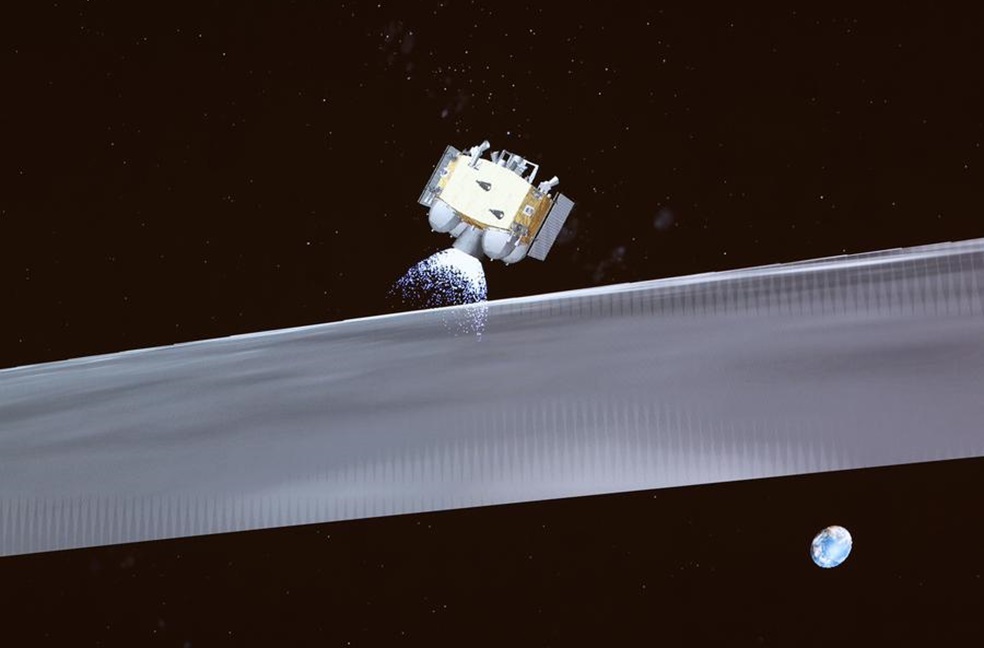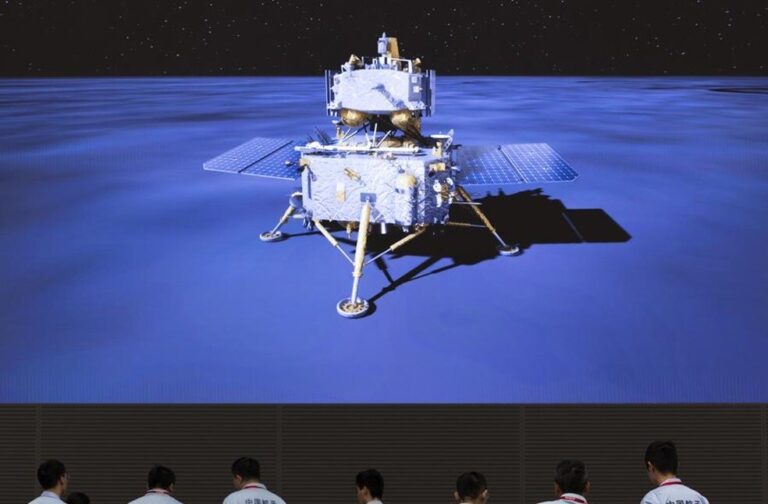China: A Chinese spacecraft that had been returning samples from the Moon’s far side to Earth concluded a 53-day mission that was hailed as the world’s first.
The Chang’e-6 spacecraft’s landing module landed at a planned location in Inner Mongolia at 2:07 PM (0607 GMT), according to the China National Space Administration, which hailed the mission as a “complete success”.
It is carrying soil and rocks from the Moon’s far side, which faces away from Earth. This is a little-studied area with a lot of research potential, according to experts, because the craggy features there haven’t been as smoothed down by past lava flows as those on the near side.
This indicates that the materials extracted there might contribute to our understanding of the Moon’s formation and evolution.

The probe was “functioning normally, signalling that the Chang’e-6 lunar exploration mission was a complete success,” according to China’s space agency.
As stated by state broadcaster CCTV, President Xi Jinping said in a congrats message that the “outstanding contributions” of the mission command “will be remembered forever by the motherland and the people”.
On May 3, Chang’e-6 launched from a space centre in the province of Hainan, an island in the moon. Almost exactly one month later, it plummeted into the vast South Pole-Aitken Basin.
It collected materials with a robotic arm and drill, took pictures of the surface marked with poking holes, and embedded a basalt Chinese flag in the grey dirt.
According to Xinhua, the probe’s June 4 launch from the far side was “an unprecedented feat in human lunar exploration history” and was the first successful launch from the moon ever.



